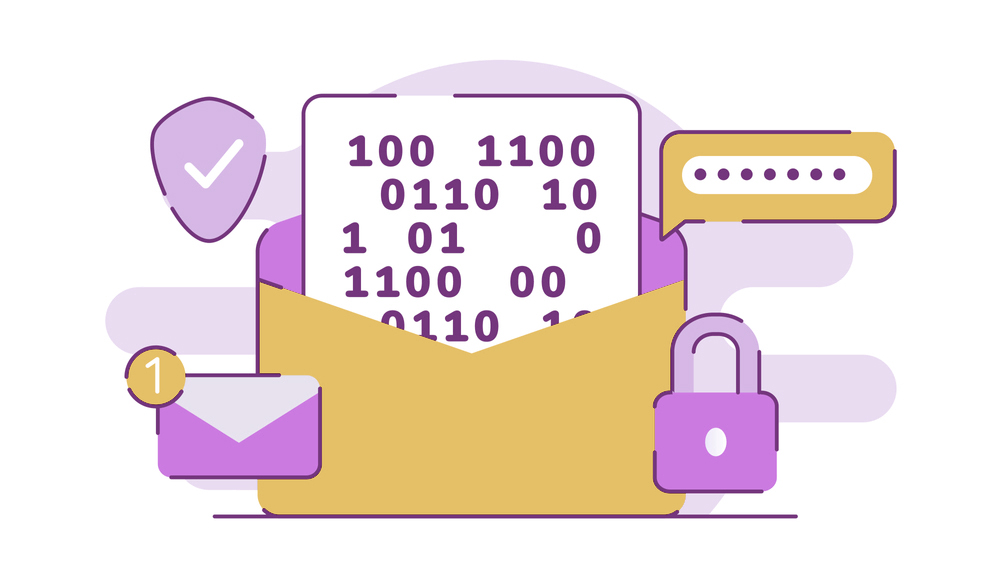The Future of Privacy in Digital Messaging Platforms
As communication shifts online increasingly, securing our conversations from prying eyes is more critical than ever. Frequent headlines about data breaches and surveillance controversies also underscore this urgency.
Although digital messaging platforms offer a range of privacy features, these measures are continually tested by evolving technological threats and changing regulatory landscapes. Therefore, this article looks into the future, exploring the trajectory of messaging privacy.
The Future of Privacy in Digital Messaging Platforms
Digital messaging platforms have significantly evolved in their approach to user privacy, with end-to-end encryption becoming a standard feature in popular apps like WhatsApp, Signal, and Telegram. You can check this out on Emerald Chat, which utilizes end-to-end encryption to ensure that only the communicating users can read the messages.
Additionally, features like expiring messages and screenshot blocking are increasingly common, aimed at giving users greater control over their digital footprints.
Despite these advancements, several challenges persist. Furthermore, the balance between maintaining user privacy and complying with law enforcement requests is a constant battle.
Governments are pushing for backdoors into encrypted services, arguing for the necessity of such access in the interest of national security and criminal investigations. It creates a paradox where increasing privacy measures can sometimes lead to more aggressive surveillance attempts.
Moreover, the integration of third-party services within these platforms poses additional risks. For example, many messaging apps incorporate external plugins and apps that can access user data, potentially exposing it to more vulnerabilities. The complexity of securing these integrations while maintaining a seamless user experience presents a significant challenge for developers.
As such, several dynamic factors will influence the future of privacy in digital messaging platforms, and they include the following:
Technological Innovations
Emerging technologies such as artificial intelligence (AI) and quantum computing will dramatically reshape privacy in digital messaging platforms. Its pattern recognition and anomaly detection could enhance security by identifying potential threats or breaches more efficiently than current systems. For instance, AI could monitor for unusual behavior patterns that suggest unauthorized access attempts.
On the other hand, quantum computing presents both an opportunity and a challenge. Its potential to break traditional encryption methods could render current security protocols like RSA and ECC obsolete, exposing digital communications to new vulnerabilities.
This threat necessitates the development of quantum-resistant encryption techniques, a field currently known as post-quantum cryptography. These new cryptographic methods aim to secure platforms against the future capabilities of quantum computers, ensuring that privacy protections can withstand these advanced computational powers.
Regulatory Outlook
An increasing focus on data protection has already led to comprehensive regulations like the General Data Protection Regulation (GDPR) in Europe and the California Consumer Privacy Act (CCPA) in the United States. These laws mandate stringent data handling practices and grant users greater control over their personal information, setting a precedent for other regions.
More countries are likely to introduce or tighten their privacy regulations. It could include requirements for more robust encryption, data localization (storing data within the country of origin), and stricter consent mechanisms before user data processing.
Additionally, the ongoing debate over encryption backdoors for law enforcement is likely to result in new laws that could require messaging platforms to provide some form of access to encrypted data.
Advancements in Encryption and Security
We may see significant advancements in several key areas, such as homomorphic encryption.
This advanced encryption method allows computations to be performed on encrypted data, returning an encrypted result that, when decrypted, matches the result of operations performed on the plaintext. It means sensitive data can be processed without ever exposing it in its decrypted form, offering new levels of privacy for services that rely on cloud computing.
Another advancement is Zero-Knowledge Proofs (ZKP). It enables one party to prove to another that a statement is true without revealing any information beyond the validity of the statement itself. This technology could revolutionize user authentication on messaging platforms, enhancing privacy by allowing users to verify their identities without sharing personal data.
As biometric verification becomes more common, we can anticipate further integration into messaging platforms for identity verification. However, this will necessitate advancements in securing biometric data, potentially through encrypted biometric identifiers that reduce the risk of theft or misuse.
Decentralized Technologies and Privacy
Decentralized technologies, especially blockchain, offer a transformative approach to enhancing privacy in digital messaging platforms. Blockchain’s transparency, immutability, and decentralized nature can protect against unauthorized tampering and prevent the deletion or altering of recorded messages.
This technology also promotes user anonymity by using cryptographic methods that obscure identities, allowing blockchain-based apps to operate without storing personal information centrally—thus significantly reducing data breach risks. Additionally, smart contracts can enforce privacy policies and user agreements automatically, ensuring compliance and building trust.
However, the implementation must carefully address challenges such as scalability and computational demands to fully leverage its benefits in redefining privacy standards.
Consumer Empowerment
Users are becoming more knowledgeable about the potential misuse of their information and the risks associated with digital communications. This shift can compel messaging platforms to prioritize privacy as a core component of their service offerings.
Further, as consumers become more empowered, they are likely to support platforms that align with their privacy values, leading to a competitive advantage for companies that proactively enhance privacy protections. This market pressure can drive innovation in privacy technologies.
Conclusion
The journey towards securing privacy in digital messaging is not just about technological innovation or compliance with evolving regulations; it’s about fostering a culture that aligns with user expectations and societal values.
As we navigate this complex terrain, the collective responsibility of developers, regulators, and users will be critical in shaping a future where communication remains open and secure.






